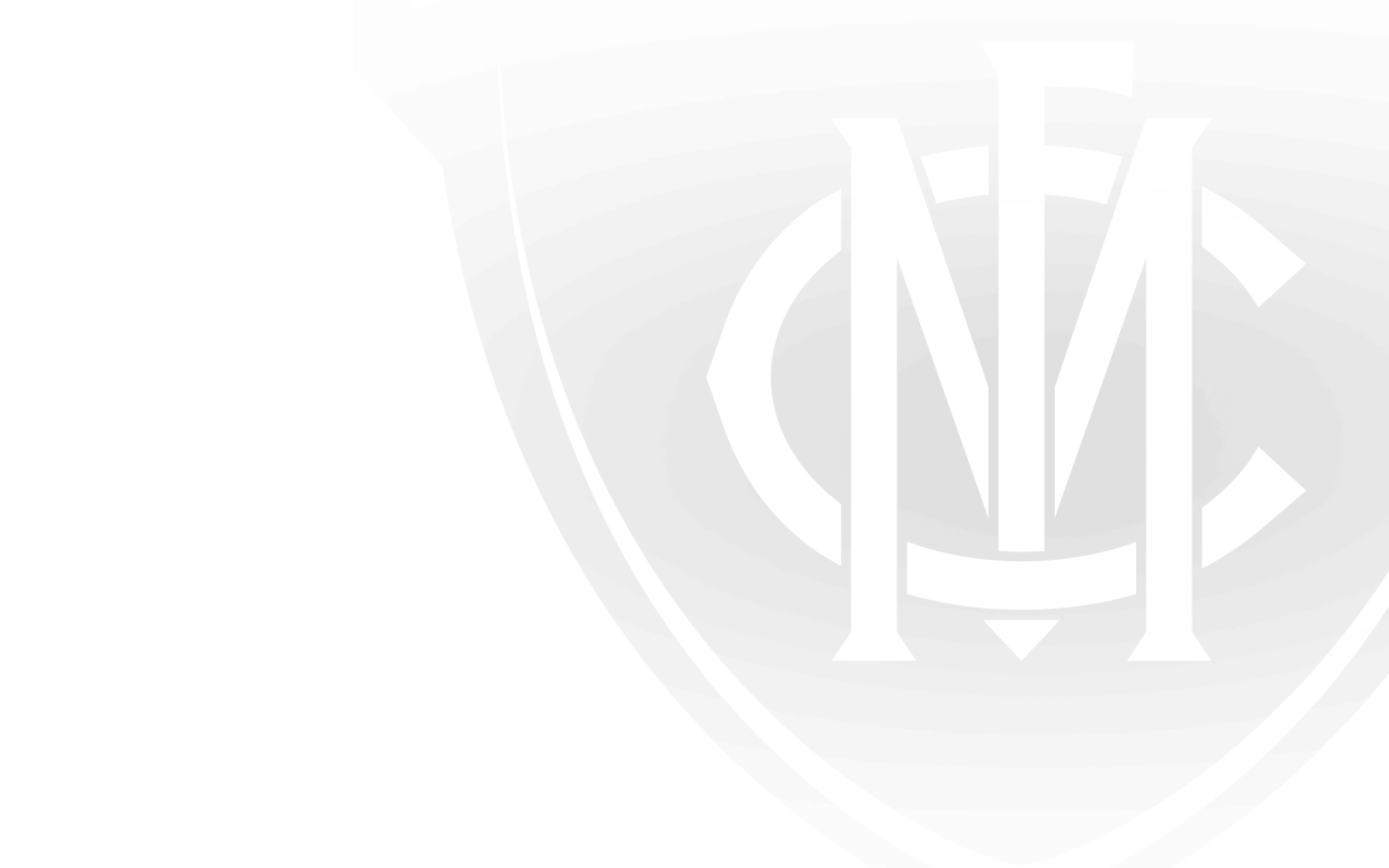MELBOURNE chose an unorthodox approach to unveil its new logo, when it took over the city of Melbourne on Thursday.
The club went to the heart of Melbournians, handing out free coffee, branded with its new emblem, as people were commuting to work.
Bottles of water, featuring the new logo, were also given to walkers and joggers on The Tan and as people went through the Bourke St Mall.
Band posters were also splashed around Melbourne and Nathan Jones’ tattooist also produced a piece of red and blue artwork in Hosier Lane – the bluestone cobbled laneway renowned for its urban street art.
The Melbourne logo was also featured prominently via a billboard above Young and Jackson’s.
To the delight of Melbourne supporters – and footy fans in general – forward Jesse Hogan invited people to join him for a kick in Yarra Park at 5pm via social media.
Fans were able to have a good old fashioned ‘kick-to-kick’ in the park with one of Melbourne’s rising stars.
The idea behind the launch was take the logo to Melbourne’s heartland – as the club has strived to more meaningfully connect with the city of Melbourne in the past 18 months.
Chief executive Peter Jackson said it was important Melbourne got among the city to reveal the new-look emblem.
“Melbourne Football Club has a powerful DNA – we wrote the rules of the game, we call the MCG our home and we have the outlaw Demon spirit, but most importantly, we are the only club that can truly claim Melbourne as its home,” he said.
“The name Melbourne has great opportunities for the club – and the club really wants to connect with future generations of supporters.”
Although the club has adopted a ‘football first’ mentality in recent times, Jackson said it was important to keep building the club.
“Of course footy is still this club’s No.1 priority and nothing’s changed on that front, however we must keep an eye on the future and particularly connect with young people and young Melbournians,” he said.
“We have been working on this project for some time. It was 18 months ago when we engaged Passport Brand Design, a Melbourne and US based creative agency, to help us really define a clear strategic direction for us to pursue. Passport gave us an outstanding piece of work that set us on a very clear path to really own the name Melbourne and make that pivotal to our positioning.
"The team at the club have really shaped the way the club is presented over the last 12 months from that original work by Passport. We wanted to ensure the story we were telling was established and clear before we addressed our visual identity as part of that.
“We felt we needed a visual identity that supports that and which is modern and contemporary.
“When we launched it, we wanted it to be something that Melbournians and visitors to Melbourne felt good about.”
In-house Melbourne graphic designer Dave Larkin said the club wanted an emblem that “transcended the ages”.
“Part of the brief was marrying the club and the city. We live in the greatest city in the world and there seemed to be no association with the city and the club – we happened to be a club in the city,” he said.
“We wanted something that potentially could be there for another 100 years, so we wanted to amalgamate the two anyway we could. We wanted the word ‘Melbourne’ to be more prominent in the emblem than it has been in the past – and that had to be loud and bold.
“It then came down to the ‘V’ and the MFC initials that were the two most striking Melbourne assets. We thought the MFC initials were most important – as beautiful as the red and blue jumper is – but we’ll still use that a lot in our collateral.
“We wanted to bring the initials to life and make it a central brand mark. The initials will be the one constant in the emblem and we want them to always be there.”
Larkin said the new emblem also needed to be adaptable in the digital age.
“So much of where you see Melbourne propagated now is online,” he said.
“Your logo has to work at 32 pixels, just as much as 32 centremetres and we were losing impact with the previous logo the smaller it got. It was illegible and the colours were dark against dark.
“The heritage and history was rich on the previous logo, but there wasn’t much mention about the future. It’s not a bad thing to talk about history, but one of the things I sensed needed to happen was: ‘how does Melbourne look in the next 100 years, rather than the past 100 years?’”
Overall, Larkin said sticking true to the red and blue colours – without any white on the emblem – was one of the most critical aspects in the new design.
“The biggest challenge was keeping two dark colours looking vibrant together. We really wanted to keep the red and the blue together and eliminate any white from the emblem,” he said.
“All of our emblems in the past have had white – be it in the background or in text. White does stand out, so we really wanted to be strictly red and blue and that was a pretty strong directive from the board down.
“We tried doing the emblem in a few different shapes, but we decided on an emblem that said a little bit about the past and a lot about the future.”


